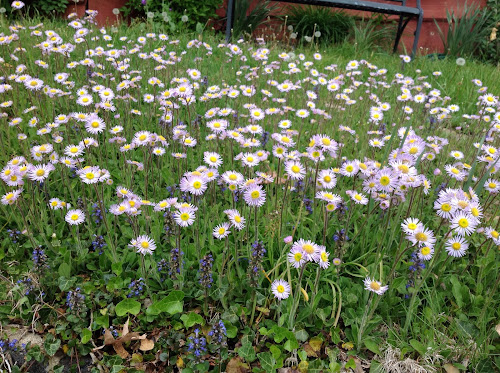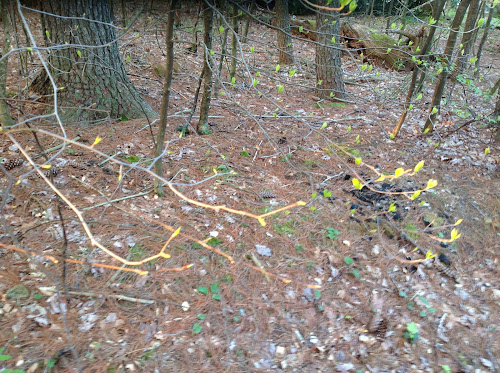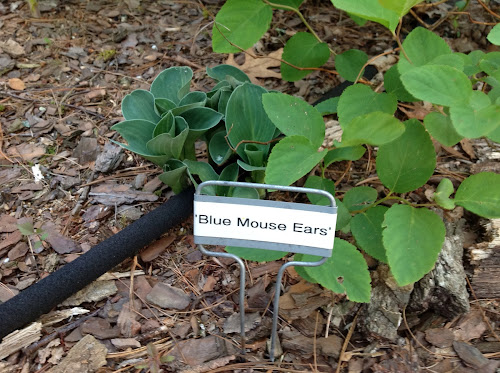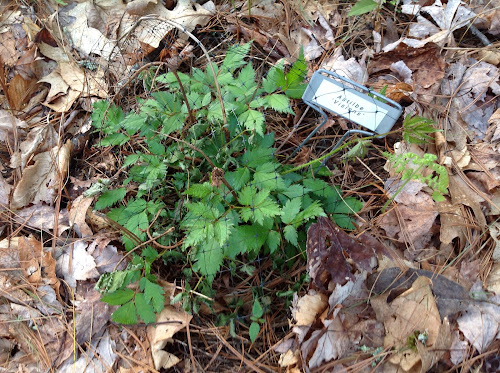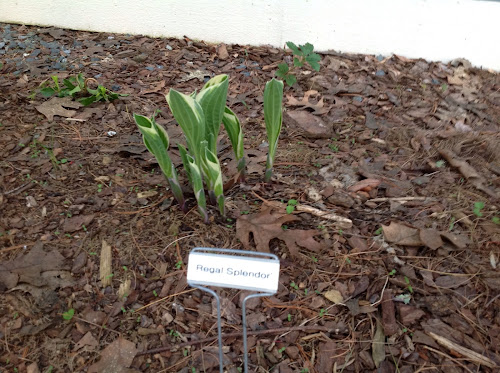We post a lot about Plant A Row for the Hungry, aka PAR, on this blog. That's because the Memphis Area Master Gardeners conceived of, developed, and maintain three gardens that have earned this designation: PAR Shelby Farms, PAR Davies Plantation, and PAR Collierville Victory Garden.
 |
| PAR CVG |
"Earn this designation" is not an idle phrase. PAR started in 1995 in Anchorage, Alaska when the writer of a garden column there asked his readers to plant a row of vegetables in their gardens to donate to a local soup kitchen. This writer, Jeff Lowenfels, was a former president of the Garden Writers Association. The Anchorage program was so successful that he got GWA to introduce it nationally.
Over the next five years, a million pounds of produce were donated. It only took two years to reach the next million. Since then, over a million pounds of food are donated every year.
The PAR program is now administered by the
Garden Writers Association Foundation, a 501(c)(3) charity. The Foundation assists in the formation of new PAR gardens and tracks the pounds of produce donated each year.
MAMG is proud to be a part of this effort to alleviate hunger in America. In 2011, our three gardens donated a total of 8,542 pounds of fresh produce. According to the GWA, each pound of donated produce supplements four meals. So our contribution helped complete 10,168 meals! Through March of this year our total is 414 pounds - and we're just getting started!
Plan to come out to the PAR garden at Davies Plantation on June 2 - it's on our
Through Our Garden Gates garden tour. It's a beautiful garden and we'll even be serving lunch!
MAMG members donate hundreds of hours to PAR every year. The organization commits significant monies annually. You can help. Send your tax-deductible contribution to:
Memphis Area Master Gardeners (PAR)*
Agricenter International, Wing B, Box 21
7777Walnut Grove Road
Memphis, TN 38120
Help us help the hungry.
*Memphis Area Master Gardeners is a 501(c)(3) organization and contributions to it are tax deductible.
 |
| The entrance to PAR Davies |









